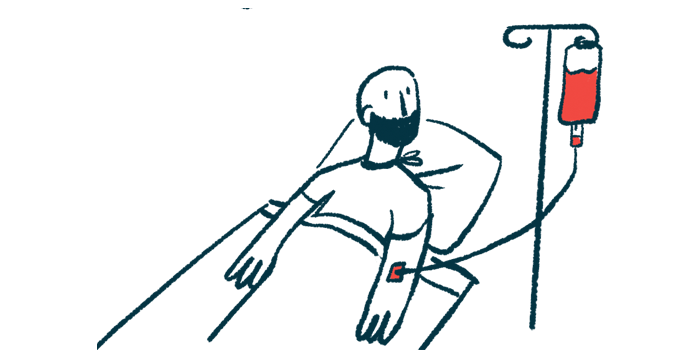Discontinuing Soliris After aHUS Remission Is Safe, Saves Costs: Study
Stopping treatment did not diminish patient health, quality of life

When treating atypical hemolytic uremic syndrome (aHUS) with Soliris (eculizumab), the medication can be safely discontinued after the immune system disorder is in remission, a new study shows.
Moreover, the results suggest that stopping Soliris, rather than continuing treatment indefinitely, can lead to substantial cost savings without notably diminishing patients’ health or life quality, according to researchers.
“Our results emphasize the feasibility and, especially in countries with collective healthcare insurance, societal responsibility of controlled [Soliris] withdrawal in aHUS patients,” the team wrote.
“Early Eculizumab Withdrawal in patients with aHUS in native kidneys is Safe and Cost-Effective: results of the CUREiHUS study,” was published in the journal Kidney International Reports.
Soliris is an approved treatment for aHUS that works by blocking the activation of the complement cascade, a group of inflammatory proteins that contribute to the disease.
The therapy is administered by infusion directly into the bloodstream (intravenously). Its approved treatment regimen is weekly infusions for the first month, followed by infusions every other week thereafter.
Stopping treatment after remission
Theoretically, continuing Soliris treatment indefinitely could minimize the risk of disease recurrence. But such long-term treatment also raises the risk of side effects, in addition to adding monetary costs.
A few reports have suggested that Soliris can be discontinued without causing further disease worsening, but this remains minimally studied.
To learn more, a team of scientists in the Netherlands analyzed the cases of 21 people with aHUS who were treated with Soliris from 2016 to 2020. Data were collected as part of the CUREiHUS study (NTR5988), which sought to determine the medication’s optimal treatment duration.
Patients ranged in age from less than 1 year to nearly 80. Three patients had experienced prior aHUS episodes, while the rest had new-onset disease. In most patients (81%), a disease-associated genetic mutation or self-reactive antibody was identified.
Just over half of the patients required dialysis during their treatment. All 14 adults and one of the seven children received plasma exchange therapy as a first-line treatment before starting on Soliris. The other six children received Soliris as the initial treatment. Most patients were started on Soliris within a week of aHUS symptoms becoming apparent.
In all patients, Soliris led to a resolution of aHUS symptoms; for example, treated individuals did not show signs of red blood cell destruction that are typical of aHUS.
All 21 patients stopped taking Soliris after symptoms resolved. The time to discontinuation ranged from just over two weeks to nearly a year, with a median of about three months. Three patients with negligible kidney function remained on dialysis; the rest showed an improvement in kidney function, though not all recovered to levels seen prior to the onset of aHUS.
Over a median follow-up time of 80.7 weeks — slightly more than 1.5 years — four patients experienced an aHUS relapse after stopping Soliris.
In all four of these patients, a viral infection occurred before the relapse, which prompted patients to seek medical attention. As a result, relapses were detected early and dialysis was not required. Soliris was then re-initiated, leading to full kidney function recovery and normalization of blood parameters.
Three of the patients experienced additional relapses after stopping Soliris yet again, but these were “all manageable,” according to researchers.
While researchers stressed that it is impossible to draw firm conclusions from this small number of patients, they noted that “relapses did not appear to influence long-term kidney function negatively.”
Because the three patients who were on dialysis were not considered at risk of relapse, the overall relapse rate calculated in this study was four of 18, or 22% — representing about 2.4 relapses per 100 months of off treatment.
In other analyses, researchers found the total medical costs incurred by these patients was less than one-third of what would be expected had they continued on Soliris indefinitely.
“This is the first study to provide an extensive cost-consequence analysis of eculizumab discontinuation,” the researchers wrote. “It confirms that eculizumab administration is a cost driver, as it accounted for 87% of the total costs per patient in our cohort.”
According to the team, “withdrawal resulted in a 70% reduction in costs, compared to the hypothetic scenario that our patients would have received eculizumab following a continued, biweekly regime.”
Available data suggested that stopping Soliris did not negatively impact patients’ quality of life, the researchers noted, though they stressed that this study is limited by its small size, highlighting a need for further studies.







